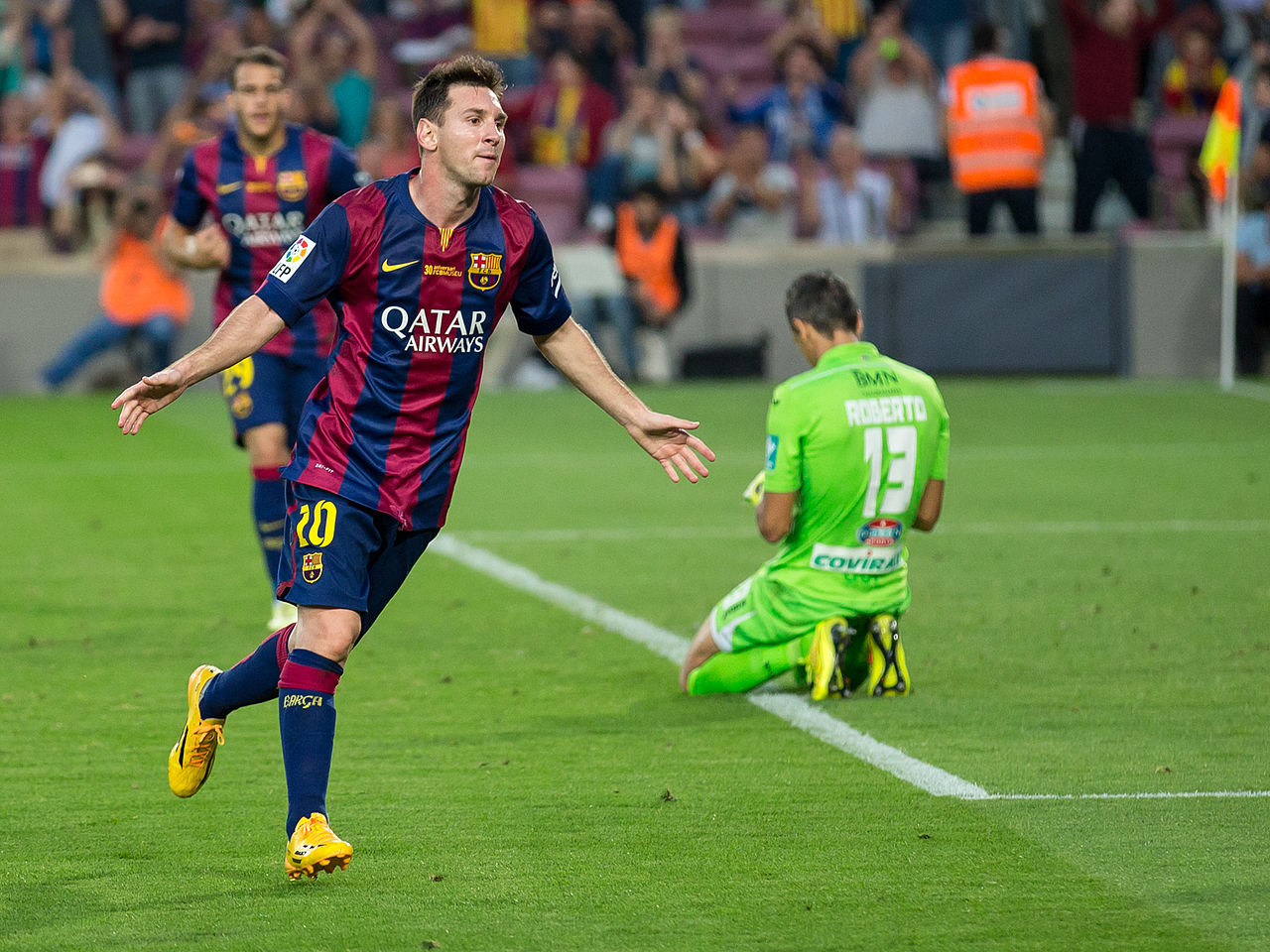
Finally, “La Liga”, the top professional soccer league in Spain, joined the rest of leagues in Europe (and America) in selling media rights collectively rather than on a team-by-team basis. This approach has the advantage of creating a monopoly where any interested buyer only has to negotiate with one entity, as opposed to 20 different teams that compete against each other. This monopoly position coupled with the increase in value of the negotiated rights is expected to yield a new contract worth 70% more than the existing one.
The opponents of calling this deal a monopoly argue that soccer is an entertainment product that competes against other sports and cultural offerings. The major pro sports leagues negotiate as leagues rather than individual teams, not only in soccer but also in basketball (Euroleague), motorcycle racing (MotoGP), auto racing (Formula One) and most federations. So this argument has some validity. Overall, this move was necessary to have a shot at keeping La Liga competitive —and one of Spain’s most important international products.
The new regulation will bring a considerable flow of revenue into La Liga. Even if the actual contract will not be signed until the 2016-17 season, clubs can start raising debt as soon as next season backed up by the expected flow of money coming in—of course, within the limits of the various financial fair play rules. At least two key questions emerge in terms of what’s to come: First, how much money are those rights expected to bring in? Second, who is going to benefit from this raise?
The value of the national rights depends on the size of the market and the bargaining power of the companies sitting across the table. The Spanish market is smaller than the UK market. One obvious reason is the country’s size, but also the culture of paying for content is much less developed in Spain than in the UK . So, the value of these rights is intrinsically lower than those of the UK.

The second aspect is the bargaining power of media companies. The mergers in the Spanish media market show that the other side is also moving toward a sort of monopsony, effectively counter-balancing the move made by La Liga. However, media companies are interested in having a strong league as a critical part of their content. It will be interesting to see the outcome of this competition-cooperation scenario that will be taking shape. La Liga is potentially in a weaker position as media companies can always turn to other leagues such as the English Premier League to deliver the quality content their viewers are looking for. However, very much in the Spanish tradition, the government will likely have something to say about this. Lastly, if other leagues are to be used as references, we expect La Liga to negotiate various packages for different media companies to maximize revenues from the rights.
The other side of the equation is how this larger pie is going to be split at the club level (the split at the league level has already been decided). Will this additional money go to the players? The coaches? The owners? It will be most interesting to see what percentage of revenues goes to players. Whether we like it or not, talent is expensive; thus, much of this increase in revenues will go to talented players. Compensation is one of the main competitive factors for attracting players to a team. But soccer is becoming a more professional/scientific sport. Being at the top is not only about having the best talent on the field, but also having the best talent around the players. Technology is becoming an important source of competitive edge in sports medicine, on-the-field tactics and, of course, on the business side. Wearables, big data, dynamic pricing, social media and second screens are now part of sports. If the money that comes into Spanish soccer does not go to capturing top talent in the key support activities for increasing the attractiveness of the game itself, then La Liga will still fail to be a competitive league and slowly lose to its European competitors.


